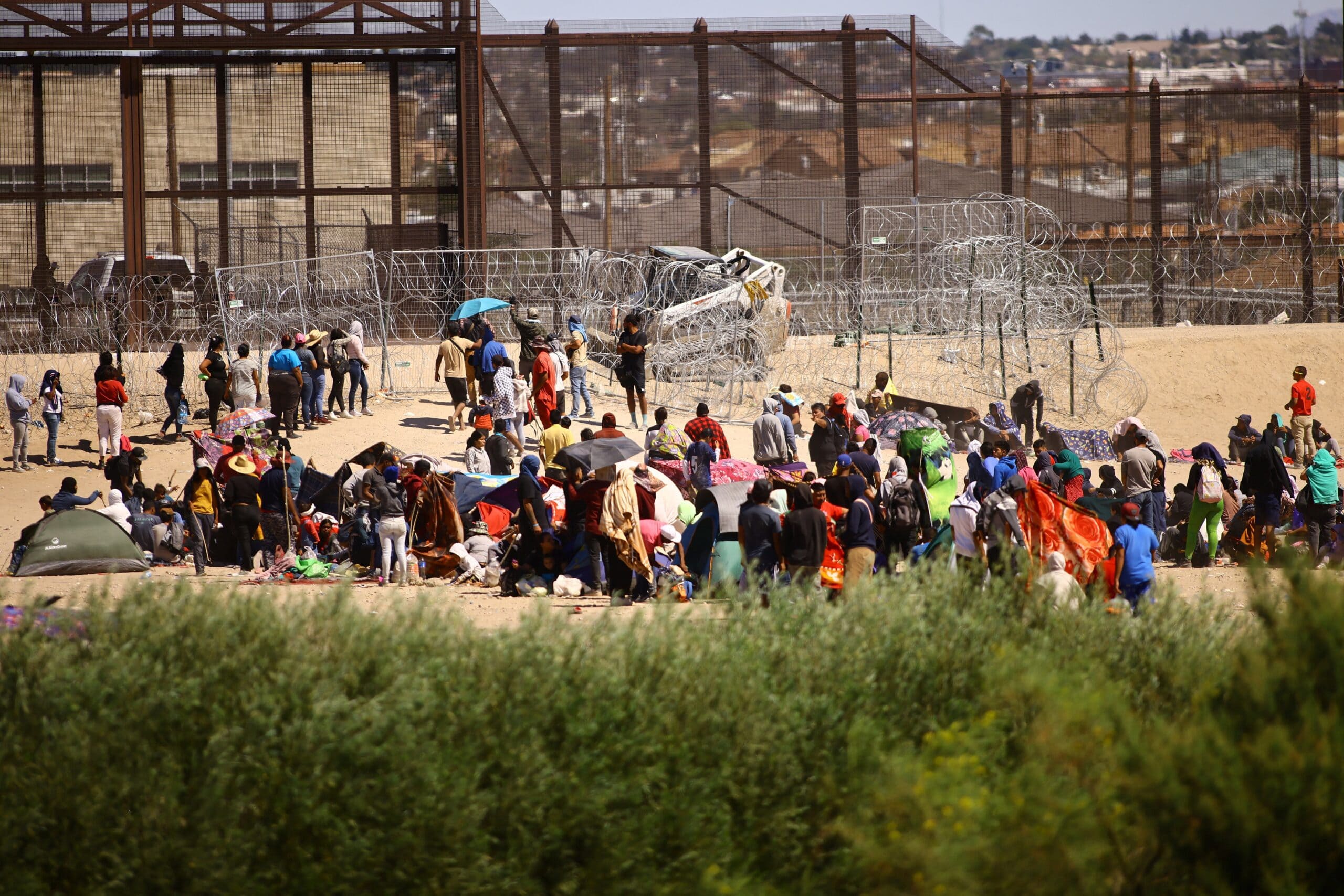Today’s migrants, and why many aren’t coming legally
A very common question people are asking today about migrants is, “Why are these people not coming legally like my ancestors did?”
There are many answers to this question. First, most people’s ancestors came before 1921, when the United States imposed a very strict immigration quota system, which was only rectified in the 1960s.
There were few, if any, legal restrictions for most people who wished to come to the United States, especially those coming from the countries deemed useful to the American workforce.
Although in 1965 our immigration law was totally revamped into a national quota system, how it has been implemented in the past 50 years has made it nearly impossible for most people to enter the United States legally. The 1965 law was based on family relationships and labor market needs.
It served us well for many years, but new developments have to be considered. Globalization in the world, for example, affects not only economics, but also the media and the labor market. The movement of goods, information and services freely around the world should be accompanied by a movement of labor in order to meet our nation’s long-term needs.
Moreover, the historical position of the United States as a haven for refugees and asylum-seekers is something that our country should not abandon.
An interesting study by David J. Bier, titled “Why Legal Immigration Is Nearly Impossible,” explains the reasons. In this heavily documented study with more than 450 footnotes, he deduces that fewer than 1% of those who wish to come legally to the United States actually can migrate.
He states, “Even when someone qualifies, annual immigration caps greatly delay and, more frequently, eliminate the immigrant’s chance to come to the United States. Legal immigration is less like waiting in line and more like winning the lottery: it happens, but it is so rare that it is irrational to expect it in any individual case” (Policy Analysis No. 950, Cato Institute, Washington, D.C., June 13, 2023).
The present influx of asylum-seekers has highlighted the existing problem of the lack of legal pathways. A pathway has been established by which asylum-seekers should be allowed to enter the United States to make an asylum claim. Some even choose or are directed to the destinations where they can make a claim.
The obstacle is that the asylum system is overwhelmed and they cannot quickly receive the benefits of a claim, which includes the permission to work. This has created a major problem in some cities, such as New York, where nearly 115,000 migrants either have come on their own or have been transported by border states in an act of political retribution.
However, some municipal laws, particularly in New York City, require that those who are homeless receive shelter and food. This unexpected influx has strained the city’s budget to the point that Mayor Eric Adams has said that the influx will “destroy New York City.”
While this may be an overstatement, it does ring the alarm bell that Congress and the administration need to act to repair our broken system.
The Biden administration has tried to improve the system without Congress, using its authority to create legal pathways for immigrants and refugees. For the large number of Ukrainian and Afghan refugees fleeing war, the administration has used humanitarian parole to admit them to the United States, providing them legal status and eligibility to apply for work authorization.
The administration has also created a parole program for refugees fleeing political unrest in countries such as Haiti, Nicaragua, Cuba and Venezuela. On Sept. 21, for example, the Biden administration extended and re-designated Temporary Protected Status for Venezuelans already in the U.S., positively impacting as many as 500,000 people.
While these are helpful moves, they do not solve the underlying problem of the lack of permanent legal pathways for newcomers in our current system. Neither humanitarian parole or TPS provides permanent status, so immigrants and their families live under the fear that their legal status could end and they could face deportation. They never become fully integrated into society.
While most economists and labor market experts see the need for new immigrant labor. Others disagree perhaps not based on a factual analysis, but rather upon their fear about the changing racial character of our American population.
A system based on the national interest should be defined not only in labor market terms, but also in terms of our national identity as a nation of immigrants, formed by immigrant families and sustained by immigrants. As our country’s history shows, in diversity we find strength.
Political gamesmanship will not accomplish the goal of a new and just immigration system that serves our national interest free of racism and ill-informed self-interest.
Absent the passage of a new immigration law by Congress, there is no available solution to the lack of legal avenues for migration in the system, making our country ill-equipped to respond to future labor needs, family reunification, and the need to provide safe haven to the persecuted.
This column was written by Bishop Nicholas A. DiMarzio, the retired bishop of the Diocese of Brooklyn, New York. He writes the column “Walking With Migrants” for The Tablet and OSV News.
Featured image: Migrants, mostly from Venezuela, are seen from Ciudad Juarez, Mexico, as they gather near the U.S. border wall Sept. 24, 2023, after crossing the Rio Grande with the intention of turning themselves in to U.S. Border Patrol agents to request asylum. (OSV News photo/Jose Luis Gonzalez, Reuters)



